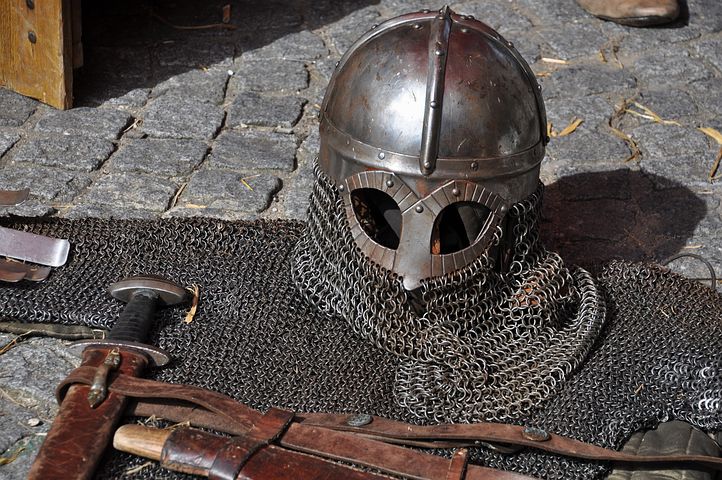

Photo via Pixabay
The Poor Fellow-Soldiers of Christ and of the Temple of Solomon, or simply the Knights Templar, was a Catholic militia that was established in 1119 to protect Christian villages and fight in the Holy Lands during the Crusades. The Templars had their own formal bases all over Catholic Europe and throughout Spain. Almost 1,000 years later, most of the remnants of the Templars are gone, but some of them still remain in Barcelona, surrounded by the modernism of the city today.
Related article: History and Legends of Barcelona: Wilfred the Hairy
Table of Contents


Photo via Pixabay
In Barcelona, the Templars settled in Regomir Castell in the 1130s and worked in the city’s banking and trade sectors to raise funds for their militias. They served as a Spanish garrison from any possible attacks by the Moors coming from Northern Africa. As the Templars faded away after their leaders died and Pope Clement V ordered them to dissolve, their own buildings were incorporated into the Palau Reial Menor. Although most of it does not exist today, the statues and signs of the Templars still survive in the 21st century in Barcelona.
Photo by ἀλέξ via Visualhunt
In the Gothic Quarter of the city, the surviving remnants of the Palacio Real Menor of Barcelona that was built in 1134 can be seen along Ataulfo Street. Throughout its existence, the Palacio Real Menor had various architecture styles, including Romanesque and Baroque. Inside, there was a square where towers, chapels, and gardens once existed. It was mostly demolished in the 19th century with the exception of the chapel of the Royal Palace, still preserved with its identifying facade. Hidden within the maze of roads, the surviving Templar church, Mother of God of Victory, stands within the Palau Reial Major, another plaza worth seeing.
Photo by cinefilo via Visualhunt
Known as Amoun Gate, you can find the noted M on the doors to the chapel. Many won’t even know what that is except the experts in Spain’s Templar history. It’s most likely connected to the Templar village in France known as La Couvertoirade, that has a gate specifically called the Amoun Gate. Its name is connected to the Crusades in Egypt in the 7th century, although that is still debatable. For most people, the M‘s on the doors are among the last physical evidence of the old Palacio. Whatever it means, like the Masonic symbols, the M of the Templars still remains.
Related article: An introduction to Roman Barcelona
These remnants and excavated findings of the Templars mark one of the five Barcelona Museum sites. The stones of the Roman colony that lay inside the entire complex allow us to step out of modern Barcelona and into its medieval era. While the Templars might have a hidden history from an age long gone, a few traces of their presence in Barcelona still remain.
Looking for an apartment in the city? ShBarcelona can help you find the perfect one.
Barcelona’s Mediterranean climate, with increasingly warmer and longer summers, makes air conditioning an essential feature…
Maybe you're thinking about selling a property or you've just inherited one or more real…
Do you enjoy strolling among trees and plants, away from the hustle and bustle of…
If you are planning to move to Barcelona for a few months or permanently, one…
ShBarcelona establishes itself as the leading agency within the Apialia Eixample Group, reaffirming its position…
Are you going to visit Barcelona this 2025? The vibrant Catalan capital once again becomes…